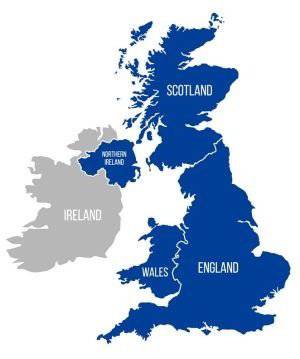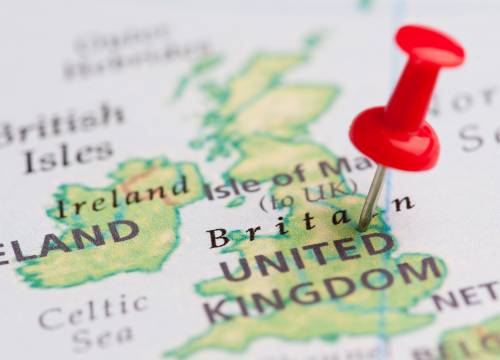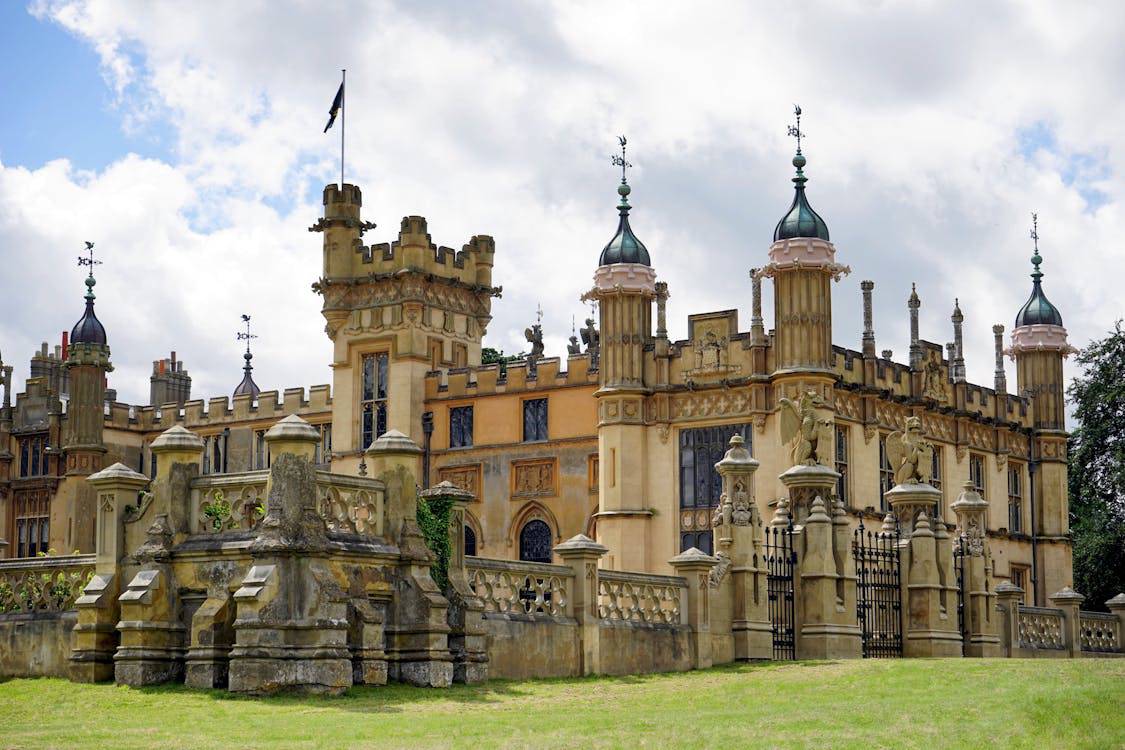What’s the Difference Between The Great Britain and the United Kingdom?
Great Britain vs. UK : People often use Great Britain and UK interchangeably, but these terms refer to different things. The distinction arises from the history of the British Isles.
What is the British Isles
The British Isles are a group of islands off the northwest coast of Europe. The largest of these islands are Britain and Ireland. Smaller islands include the Isle of Wight.
Great Britain
Great Britain is the name of an island that includes England, Scotland, and Wales. Britain was used in the Middle Ages for a part of France now known as Brittany. To avoid confusion, the island of Britain was called Great Britain. In 1707, the kingdoms of England and Scotland united to form the Kingdom of Great Britain.
England
England is one of the four parts of the UK, located in the southern and central parts of Great Britain. It is the most populous and culturally influential part of the UK. London, the capital of both England and the UK, is a major global city for finance, culture, and politics.
Ireland and the United Kingdom
-
Ireland’s Status:
Ireland had been under English influence since the 12th century. In 1801, it officially joined with Great Britain to form the United Kingdom of Great Britain and Ireland.
-
Separation:
In 1922, most of Ireland became an independent republic, except for six counties in the north, which remained part of the UK. The official name then changed to the United Kingdom of Great Britain and Northern Ireland.
Key Differences
- Great Britain:
This is a geographic term referring to the island of Britain, which includes England, Scotland, and Wales, and the outlying islands they administer li
ke the Isle of Wight.
-
United Kingdom:
The United Kingdom, or the UK, is a country consisting of four parts: England, Scotland, Wales, and Northern Ireland. It formed in 1707 when England, which already included Wales, and Scotland joined together. In 1801, Ireland joined, creating the United Kingdom of Great Britain and Ireland. In 1922, most of Ireland left to become independent, leaving Northern Ireland as part of the UK. This is a political term for the country that consists of Great Britain and Northern Ireland.
Union Jack and National Flags
The Union Jack is the UK’s official flag, combining the flags of England (St. George’s Cross), Scotland (St. Andrew’s Cross), and Northern Ireland (St. Patrick’s Cross). Wales is not represented because it was considered part of England when the flag was created.
Each part of the UK also has its flag: the St. George’s Cross for England, the St. Andrew’s Cross (or Saltire) for Scotland, and the Red Dragon (Y Ddraig Goch) for Wales.
Crown Dependencies and Overseas Territories
Besides the four parts of the UK, there are other regions associated with the British Isles. Crown Dependencies, like the Isle of Man, Jersey, and Guernsey, are not part of the UK but are under the British Crown. They have their own administrations and legal systems.
The UK also has overseas territories around the world, such as Bermuda, the Falkland Islands, Gibraltar, and the British Virgin Islands. These territories are under UK sovereignty but have a high degree of self-governance and unique cultural identities.
Devolution
In the late 20th century, the UK started a process called devolution, giving certain powers to the governments in Scotland, Wales, and Northern Ireland. This allows them to manage some of their affairs, like education, health, and transportation, while the UK government still handles things like defense and foreign affairs.
Conclusion
Great Britain refers to the island containing England, Scotland, and Wales. The United Kingdom is a country that includes Great Britain and Northern Ireland. The two terms are not synonymous but are closely related due to the historical and political connections between the regions.
Frequently Asked Questions (FAQ) Great Britain vs UK
1. What is the difference between Great Britain and the UK?
Great Britain is a geographic term, it refers to the island containing England, Scotland, and Wales. The United Kingdom (UK) is a political term that includes Great Britain and Northern Ireland.
2. Why is it called Great Britain?
The terminology “Great Britain” was used to distinguish the island from Brittany in France. It became officially significant in 1707 when England and Scotland united to form the Kingdom of Great Britain.
3. When did Ireland become part of the United Kingdom?
Ireland formally joined Great Britain in 1801, creating the United Kingdom of Great Britain and Ireland.
4. Why did Ireland leave the United Kingdom?
Most of Ireland gained independence in 1922, forming the Republic of Ireland. However, six counties in the north remained part of the UK, leading to the current name: the United Kingdom of Great Britain and Northern Ireland.
5. Is Northern Ireland part of Great Britain?No, Northern Ireland is not part of Great Britain. It is part of the United Kingdom.
6. Are England, Scotland, and Wales countries?
Yes, England, Scotland, and Wales are countries that makeup Great Britain. They each have their own distinct identities and administrative systems but are united under the political entity of the United Kingdom.
7. Britain can be used interchangeably with Great Britain?
Yes, people often use “Britain” interchangeably with “Great Britain,” though sometimes it is used to refer to the United Kingdom as a whole.
8. What are the British Isles?
The British Isles are a group of islands off the northwest coast of Europe, including Great Britain, Ireland, and many smaller islands like the Isle of Wight.
9. Is the Isle of Wight part of Great Britain?
Yes, the Isle of Wight is part of Great Britain, as it is an outlying island managed by England.
10. What does the term “British” refer to?
“British” refers to anything related to Great Britain or the United Kingdom. It can describe the people, culture, or things from these regions.


